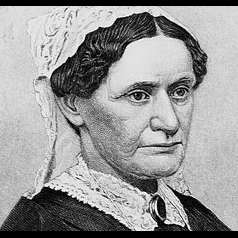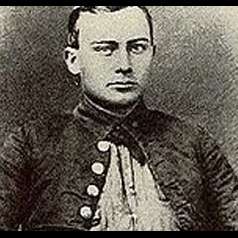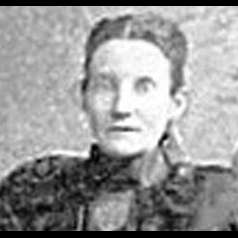
Ann and George Peebles of Williamson County, Tennessee, were among thousands of former slaves in the state who signed labor contracts after the Civil War. The contract that the Peebles signed with their former owner, Thomas Peebles, is extraordinary, however, because of the extent to which the couple asserted their rights. In 1860, Williamson County had close to 24,000 residents, including more than 12,000 slaves. Union occupation after the fall of Nashville in February 1862 caused the steady disintegration of slavery throughout Middle Tennessee. Many slaves escaped to Union lines, and those who did not had new leverage to negotiate better working conditions. After the war, the federal Bureau of Refugees, Freedmen, and Abandoned Lands, commonly known as the Freedmen’s Bureau, encouraged former slaves to sign labor contracts with former owners or other landowners. The Bureau sought to protect African Americans’ right to compensation, but also wanted to promote stability and be sure that landowners had enough workers to raise crops. In the resulting contracts, employers usually had the upper hand. Long hours, low wages or a small share of the crop, and strict controls over workers’ time and movements were the norm. In the 1866 contract between Ann and George Peebles and Thomas Peebles, for example, Thomas asserted that George’s “entire time” belonged to him when George was not working in the fields. Still, Ann and George Peebles succeeded in incorporating several of their wants into the contract, including the provision that “Ann is not to be required to perform any labor for the white family except to milk and wash.” The Peebles daughter, America, was to live with and receive an education from the white family, but was required to get permission to visit her parents. The contract stated that “the white family are expected to be kind to George and his in turn are expected to be attentive polite and respectful to the white family.” Finally, unlike many contracts in which the husband signed for the wife, this contract includes Ann’s mark, indicating that she had an active role in its development.





